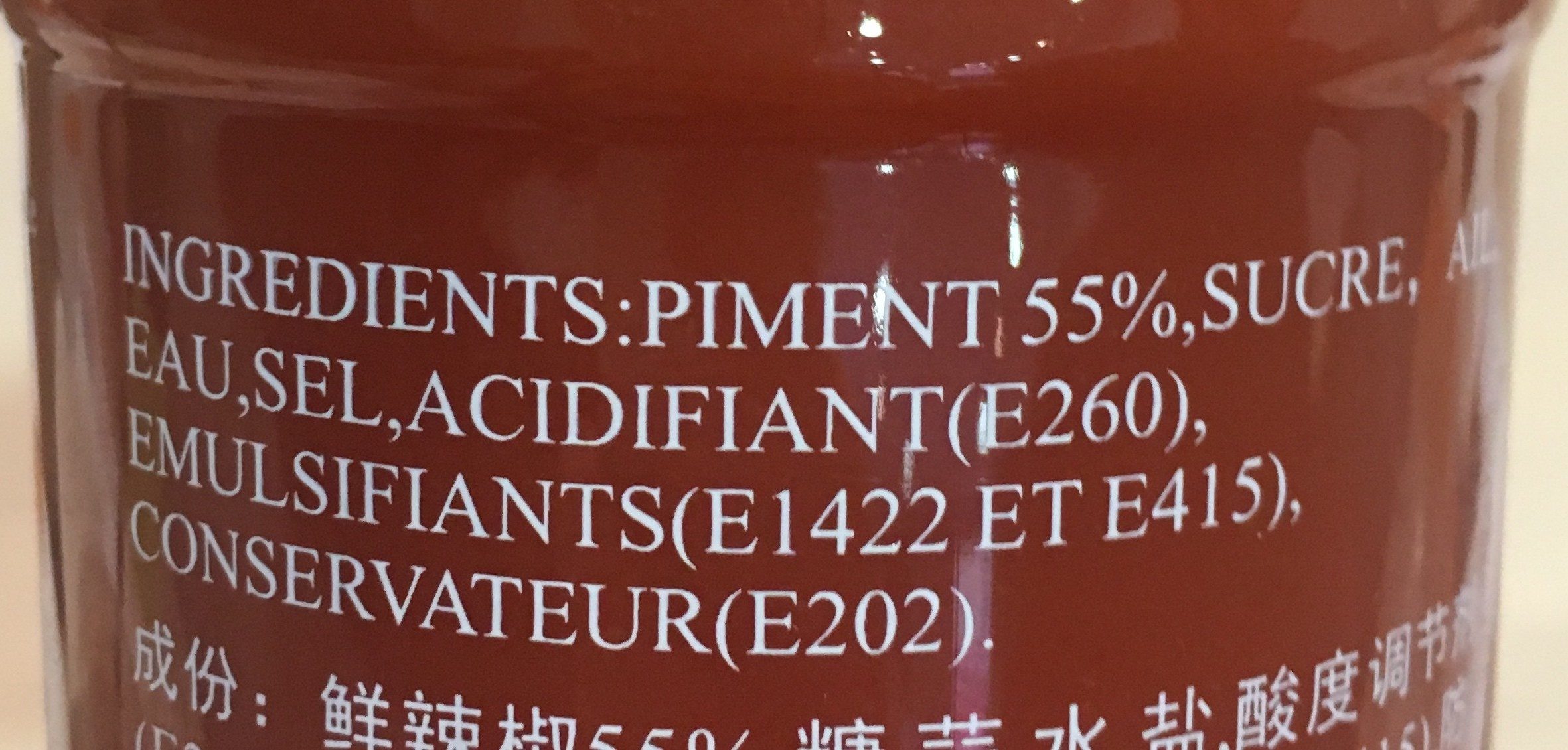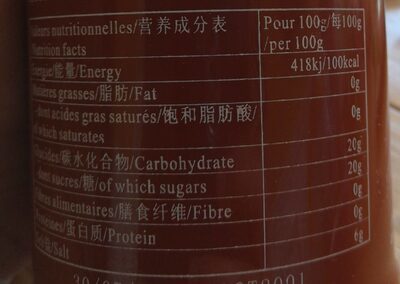Sauce de Piment - MARQUE COQ - 740 ml
This product page is not complete. You can help to complete it by editing it and adding more data from the photos we have, or by taking more photos using the app for Android or iPhone/iPad. Thank you!
×
Barcode: 3364699220826 (EAN / EAN-13)
Quantity: 740 ml
Packaging: Plastic, Bottle, Pet-bottle
Brands: MARQUE COQ, COCK BRAND
Categories: Condiments, Sauces, Hot sauces, Groceries
Countries where sold: France
Matching with your preferences
Environment
Packaging
Transportation
Report a problem
Data sources
Product added on by openfoodfacts-contributors
Last edit of product page on by foodless.
Product page also edited by beniben, date-limite-app, inf, kiliweb, packbot, quechoisir, segundo, swipe-studio, tacinte, yuka.DJ9DYvvaLZMuNfrR379r2Cq2HcTjXN5QIFMiow, yuka.U3ZraUNhcFEvOGMzdmNRSCtTbm55dUpPbjV1a2VFN3BJdmdSSWc9PQ, yuka.Uzc5WkZiOHJxcUpUby9Sajl6N014TWtyNTcycFZsNldPY296SVE9PQ, yuka.VjZjWlRLbFlvYVUxbThZQnh3SFMzbzh1bWNTRGNVT2JLZnNMSWc9PQ, yuka.ZHJFdUZic2x2djBqdWZFVTlVbnk4Y0pjenJDWmZYcXhOc1FVSVE9PQ, yuka.ZmFRbUZwMEV1OGhTd2NjNzVFeVAzdTEwMmJ5MlcwMkZFTkV0SVE9PQ, yuka.sY2b0xO6T85zoF3NwEKvlk4eetbCnj7Kagf5hnLbw4qRMLv2X8FuwZrZCKs.










